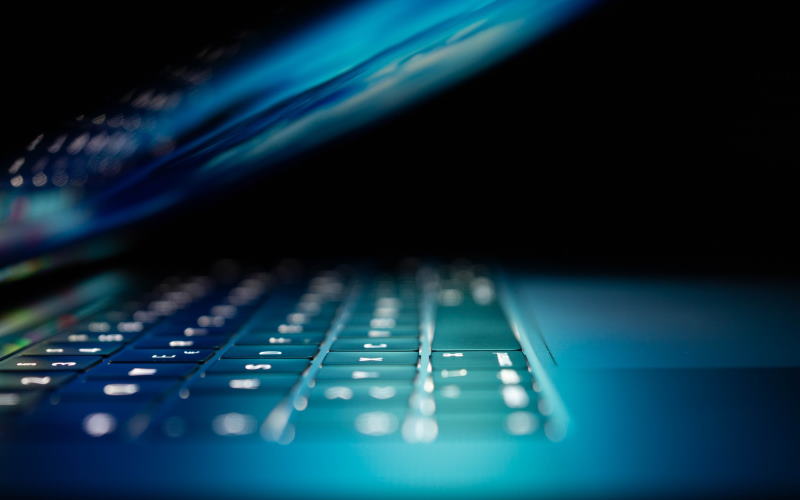
Whether we like it or not, technology has its fair share of threats that tag along with the long list of benefits that it brings. Keeping that in mind, businesses that use technological innovations automatically put themselves in danger. While some companies create technological solutions to prevent online crime, naturally, others look for technological ways to minimize their threats to cybersecurity.
Tag along and continue reading this article to learn more about the tips and tricks regarding advances in technology that will help you prevent fraud.
1. Artificial Intelligence
Artificial intelligence (AI) models are widely used in fraud prevention. For example, AI has the advantage over manual checks when it comes to flagging transactions for investigation. Artificial intelligence eases off the work of various specialists. In this case, AI rejects or flags a fraudulent transaction; this way, optimizing the work for real investigators who have their hands on promising cases. On that note, AI models can also provide code explanations for the decisions to flag certain transactions.
Another illustration that shines a light on AI and the Business-to-Business (B2B) field is AI-powered company screening. Not only transactions but the whole company picture and its reputation can be checked automatically using artificial intelligence and machine learning.
Scanning multiple databases, conducting Anti-Money Laundering (AML) checks, and reviewing the company’s website or media sources – it’s all possible thanks to AI and Business verification solutions. Using such services helps prevent companies from partnering with fraudulent businesses and being involved in shady money laundering schemes.
2. IP Address Detection
The biggest enemy in cybersecurity is anonymity. Hackers and online criminals hide under false identities with the goal to go undetected. In today’s context, it’s no surprise that most crimes are committed anonymously.
For example, bad actors use proxies or Virtual Private Networks (VPNs) to receive the anonymity shield. Detecting the hidden IPs and uncovering the true identity using technology and its special IP verification solutions prevents data leaks. This way, you can say ‘bye-bye’ to unauthorized break-ins to your business’ network for good.
3. Dark Web Screening
What is the dark web? It’s the part of the internet that is hidden, meaning that it’s not searchable through standard search engine sites. In other words, the dark web carries websites that aren’t indexed. Criminals use the dark web to sell stolen data, such as credit card information or ID documents.
Differently from the surface web, businesses need to implement more complex fraud prevention tools here, especially since crimes are more common under this shield of anonymity that the dark web offers. To keep data secure, many businesses use dark web monitoring tools that are powered by AI as well. Such dark web scanners detect fraudulent sites online that sell or share stolen data.
4. Fraud Blacklists
Blacklists are very popular in fraud prevention. Such databases involve specific lists, allowing your company to decide if the buyers are allowed to do business with you. Of course, like other technological inventions that we’ve discussed, fraud blacklists work automatically and depend on different parameters.
That means, for instance, the blacklist can check the customer’s email, IP or physical address, and card number. That means the blacklist gives you the power to block suspicious countries and regions as well as fraudulent IP addresses. There are cases when merchants block transactions in an entire country due to its history of endless fraudulent orders.
5. Biometric Technology
For some, this isn’t news, as the term ‘biometric data’ has been with us for a while now. Many businesses can take advantage of this invention and use it as an extra layer of security. Biometrics are special identifiers that can authenticate any person based on their unique traits. That’s why facial recognition algorithms help design biometric identity verification services that scan multiple data points of any person’s face.
At the moment, many e-commerce players use biometric technology. If you think of it, Apple or Google Pay, very popular mobile payment platforms, also employ Two-Factor Authentication (2FA). In this case, the user needs to use a thumbprint or their password to unlock their smartphone and authorize the purchase. Forgetting passwords is easy, but you can’t forget your physical features, aka biometrics. That’s why many argue that biometric technology simplifies the experience for consumers.
Final Thoughts
Modern fraud prevention tools were designed successfully due to technology and innovations. Fraud prevention laws and compliance regulations require businesses to have a structured plan that requires analyzing multiple data points in real-time. For this reason, by utilizing artificial intelligence, machine learning, and other forms of technology, companies can protect their data and prevent fraud more efficiently.
Cover Photo by Philipp Katzenberger on Unsplash
